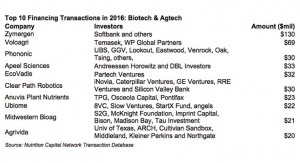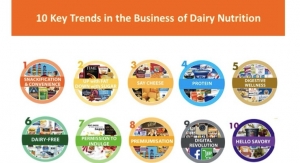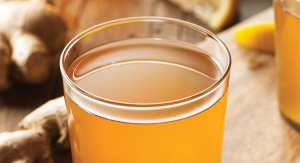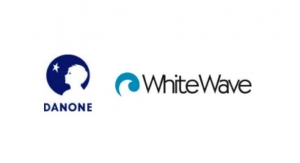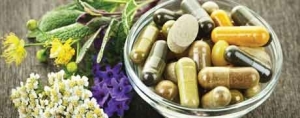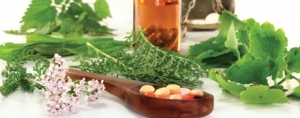Joerg Gruenwald11.01.07
Beauty Foods: You are What You Eat
Foods that make consumers beautiful can already be found in their local grocery stores.
By Joerg Gruenwald
The western world is growing older. At the same time, seniors are becoming more affluent and are prepared to pay a premium for anti-aging products. As a result, there is a growing market for non-surgical treatments with anti-wrinkle effects—“oral beauty products.”
There is, of course, a name for foods that make you healthy. And since being healthy has come to mean looking good, we call these products “Beauty Foods.” But these are not the Beauty Foods that you have to go into a drugstore to buy, and they are not nutritional supplements in tablet or capsule form. Rather, they are ordinary foodstuffs that you can get at your local supermarket. They are the tomatoes, broccoli, fish and berries that your grandmother told you to eat—with good reason, as science now shows.
The oft-mentioned “superfruits,” filled to the brim with antioxidants, vitamins, and other beneficial substances, include açai, mangosteen, pomegranate, noni, guarana, cupuacu, goji, blackcurrant, blueberry, bilberry, raspberry and other familiar berries. They are so beneficial, in fact, that some manufacturers offer whole berry extracts as ingredients incosmeceutical products.
Then there are the spices, used as medicines for hundreds, if not thousands of years: turmeric, cumin, fenugreek, nutmeg, cardamom, cassia, cinnamon and clove. These are just a few that are now being proven as very beneficial to health, as well as appearance. Many spices, in fact, are used in Ayurvedic medicine to aid in digestive problems.
Tea, of course, has long been hailed as a beverage that cures all ills. The various tea plants, chai, rooibos, yerba maté andCamellia sinensis have all been proven to contain all sorts of antioxidants, most notably flavanols and epigallocatechin.
Among the vegetables, tomato, artichoke, avocado, asparagus, broccoli andspinach have all been called super foods. Almost all nuts, too, are extremely beneficial. Salmon, mackerel and tuna are also beneficial because of their high content of polyunsaturated fatty acids. And speaking of which, olive, linseed, borage and perilla oils, apart from generic omega 3’s, are also hailed as beauty foods.
Finished Products
On the finished products side, there seems to be a blurring of boundaries. Fortified foods boasting claims are encroaching upon nutraceuticals and cosmeceuticals. Are fruit smoothies with added vitamins and minerals, containing not only those but also the fruits’ native antioxidants, the better nutraceuticals? Manufacturers at least claim greater bioavailability of active components, in addition to the more satisfying aspect of eating or drinking instead of swallowing a pill.
There are also bottled waters with soluble dietary fibers that claim to have a satiating effect, such as Formas Luso Slimming water by the Portuguese company Centralcervejas. Essensis, a fermented milk drink by Danone, claims to nourish the skin from the inside. It contains omega 6 fatty acids, green tea extract and vitamin E. And Beauty Juicer by Dutch company Yagua, with grapefruit, ginger and white cocoa enriched with collagen and aloe vera, claims to make the body younger from within by revitalizing skin, hair and nails. The product is even hailed as a “food for the mind and mood.” The calorie-burning drink Enviga from Coca-Cola contains caffeine, calcium and epigallocatechin gallate (EGCG), a potent green tea active. It is claimed to raise the resting metabolic rate and thus induce fat-burning.
Just these few examples show what is possible with beauty foods—slimming and beauty, for starters. There is as yet little research behind these particular products, but in many cases efficacy has been proven for some of the constituents. Plus, the products have the added benefit of being tasty. NW





